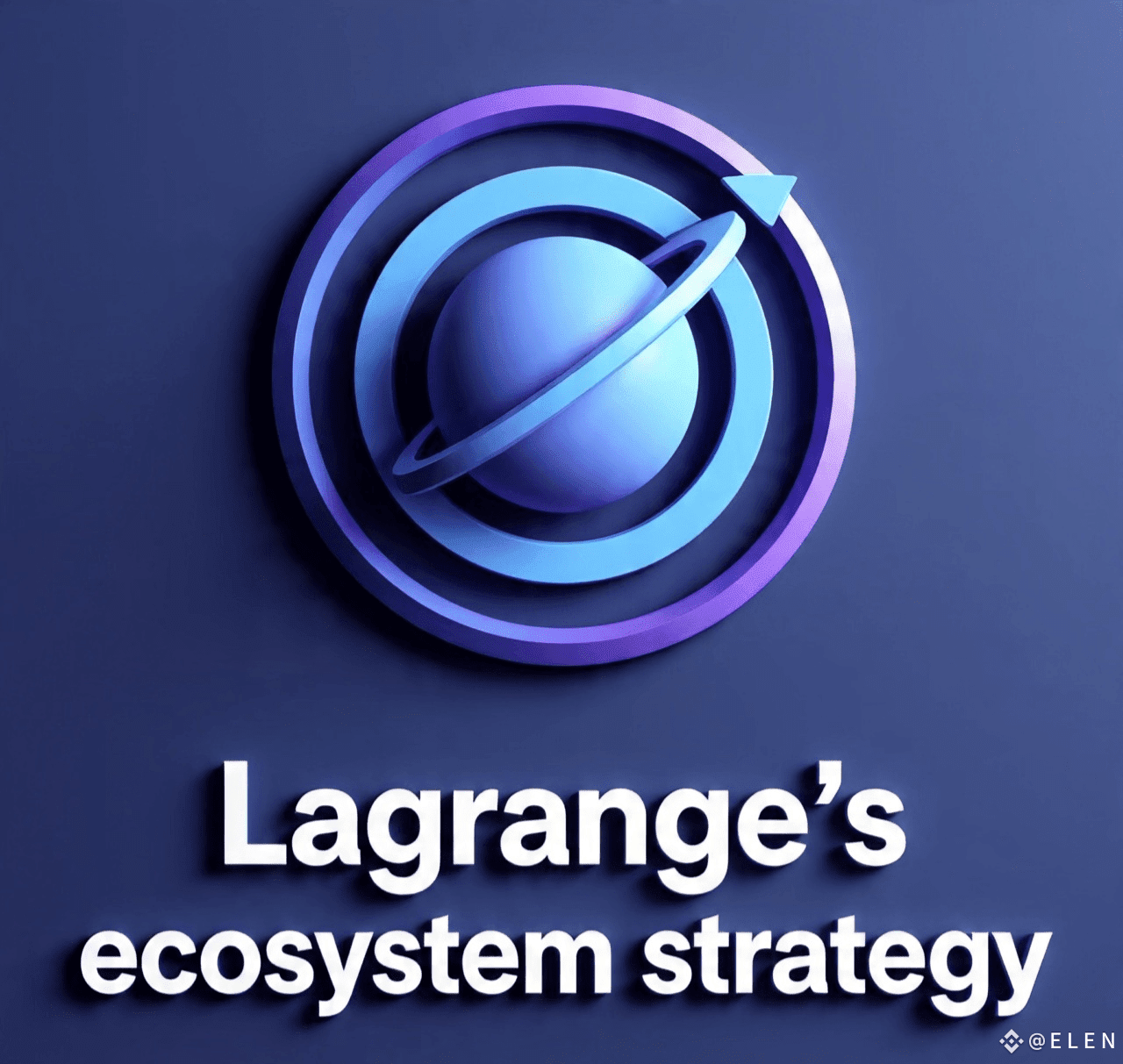
Lagrange’s technology stack is compelling, but long-term success hinges on ecosystem design: how the network secures work, attracts operators, funds growth, and aligns token incentives. Over the past year Lagrange has moved from research into production, landed institutional operator support, closed seed funding, and signalled a token/airdrop plan — all signs of an infrastructure project shifting into scale mode.
Token and incentive design (why it matters)
A prover network must solve two problems simultaneously: technical throughput and cryptoeconomic security. Tokens help by (a) allocating work and priority, (b) staking to back prover performance, and (c) capturing a share of utility value. Lagrange’s public signals around a forthcoming LA token and a foundation to steward growth suggest a model where token holders will participate in governance, economics of proof-supply, and possibly fee capture from proof requests or marketplace activity. That economic layer is what turns a set of provers into a resilient, decentralized market.
Institutional operator bootstrap
One of Lagrange’s most important early moves was recruiting established infrastructure operators to run prover nodes. When custodians, major staking providers, and exchange-backed validator teams serve as early operators, two benefits follow: (1) immediate capacity and reliability for high-volume proof workloads, and (2) stronger market confidence for integrators (rollups, dApps, enterprises) that depend on proof supply. This is a pragmatic way to avoid the chicken-and-egg problem that many infra networks face: operators follow demand, but demand needs proven capacity.
Roadmap: verifiable AI and beyond
Lagrange’s public roadmap includes work focused specifically on zkML and verifiable AI primitives, such as “DeepProve”-style systems designed to validate model outputs. If you believe AI adoption in regulated industries requires auditability, then provable AI becomes a key infrastructure moat — Lagrange is explicitly building toward that space. A proving fabric that can scale ML verification (and do so with incentives and low latency) would be a unique asset for enterprises that need both privacy and verifiability.
Ecosystem growth and developer adoption
Beyond operators and tokens, success requires developer traction: SDKs, examples (SQL queries over on-chain history), partnerships with indexing/data providers, and integrations with rollups and L1 tooling. Lagrange’s emphasis on SQL-style coprocessing and developer docs is a strong move because it makes complex ZK work accessible to a much wider developer base; teams that already know how to query data can adapt without steep cryptographic learning curves.
Risks to watch
Economic design sensitivity. Fee structures and staking economics must balance operator profit with requestor affordability. If fees are too high, adoption stalls; too low, operator supply dries up.
Decentralization tradeoffs. Early reliance on large institutional operators brings scale but risks concentration. The mission will require a continued push to diversify operator sets.
Regulatory and enterprise constraints. If the network aims for verifiable AI in regulated sectors, legal and data-privacy frameworks will shape how proofs are requested and stored.
Conclusion: Lagrange has moved from a research curiosity to a production-oriented prover ecosystem with real operator backing, developer tooling, funding, and a roadmap focused on high-value use cases like verifiable AI and data-rich dApps. If the token economics and operator decentralization are executed well, Lagrange could become a foundational proving layer: the plumbing that lets Web3 applications rely on large-scale, auditable computation without sacrificing trust.


